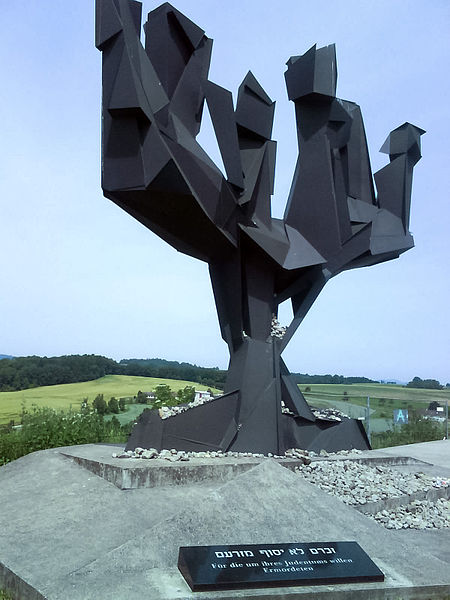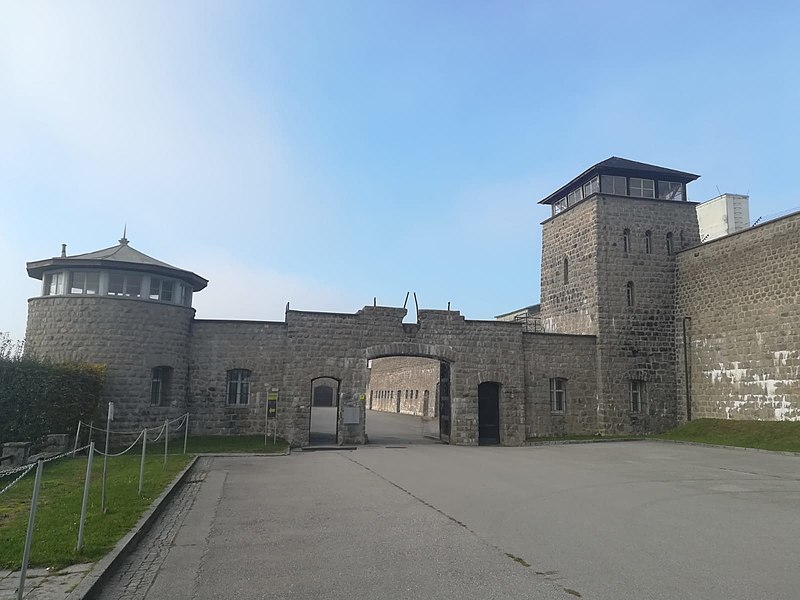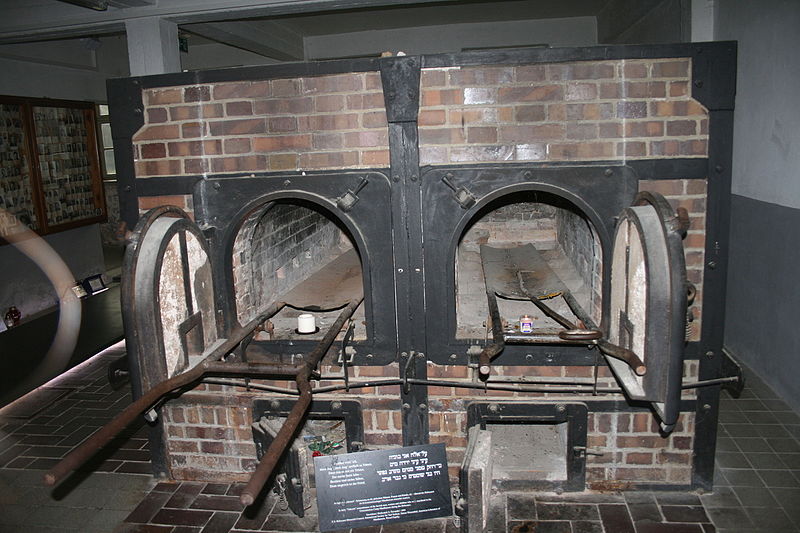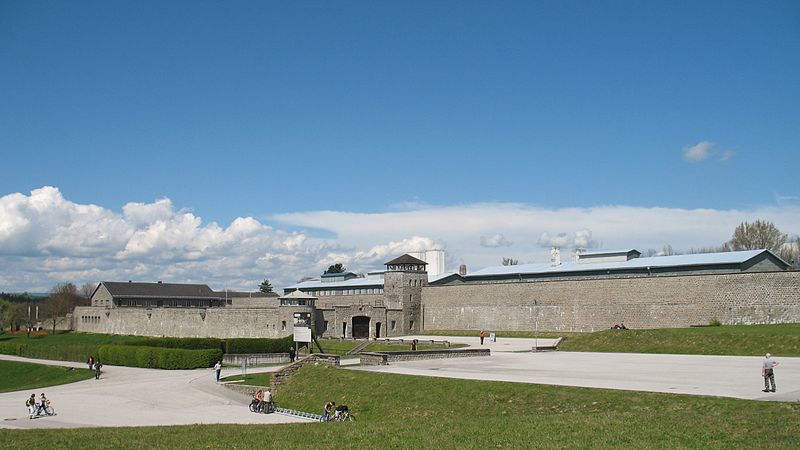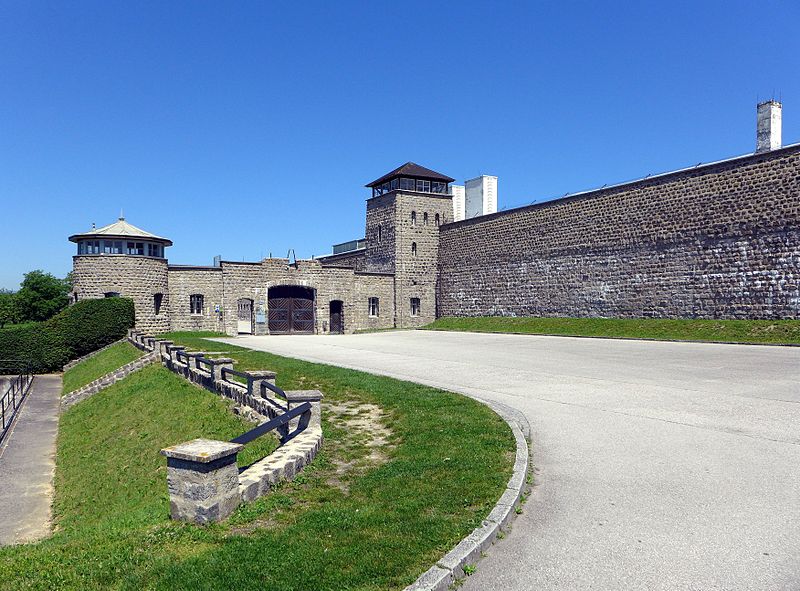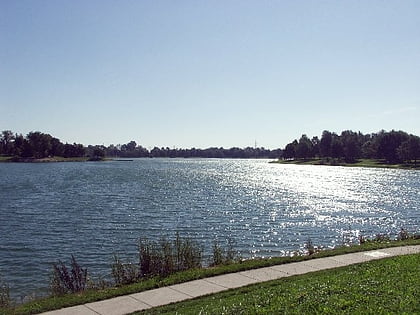Mauthausen Concentration Camp
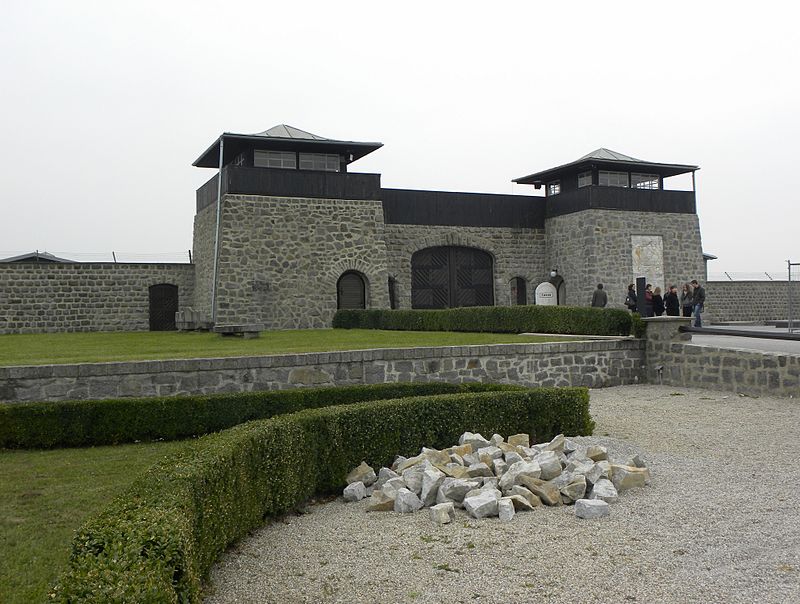
Facts and practical information
Mauthausen Concentration Camp stands as a somber testament to the darkest chapters of Europe's history. Located near the town of Mauthausen in Austria, this former Nazi concentration camp is now a museum dedicated to the memory of those who suffered and perished within its confines.
Established in 1938, shortly after the Anschluss of Austria into Nazi Germany, Mauthausen became one of the most notorious camps of the Holocaust. It was categorized as a Grade III camp, which meant it was one of the harshest camps for the "incorrigible political enemies of the Reich." Over 190,000 people were incarcerated here, and it is estimated that 90,000 died due to the brutal conditions, forced labor, malnutrition, and executions.
Today, the Mauthausen Memorial serves as a stark reminder of the atrocities committed and is dedicated to preserving the memory of the victims. Visitors can explore the preserved structures, including the prisoners' barracks, the gas chamber, and the infamous "Stairs of Death," where prisoners were forced to carry heavy stones up steep steps.
The museum also offers educational programs, exhibitions, and guided tours aimed at fostering understanding and ensuring that the horrors of the past are never forgotten. The memorial's solemn atmosphere and the harrowing exhibits provide a powerful experience that confronts visitors with the grim realities of intolerance and inhumanity.
Mauthausen Concentration Camp – popular in the area (distance from the attraction)
Nearby attractions include: Ausee, Pichlinger See, Basilica of St. Lawrence, Parish church.


